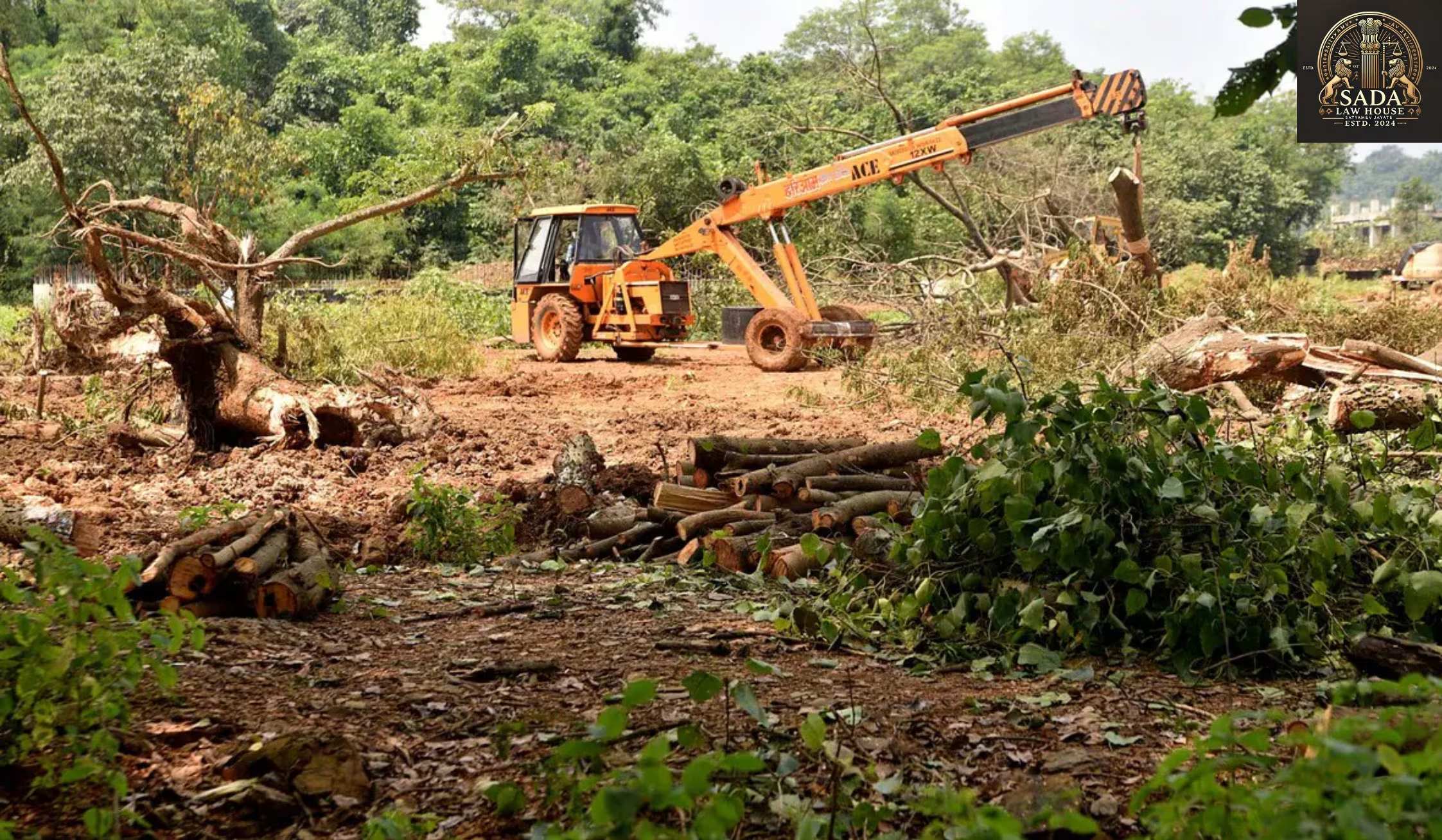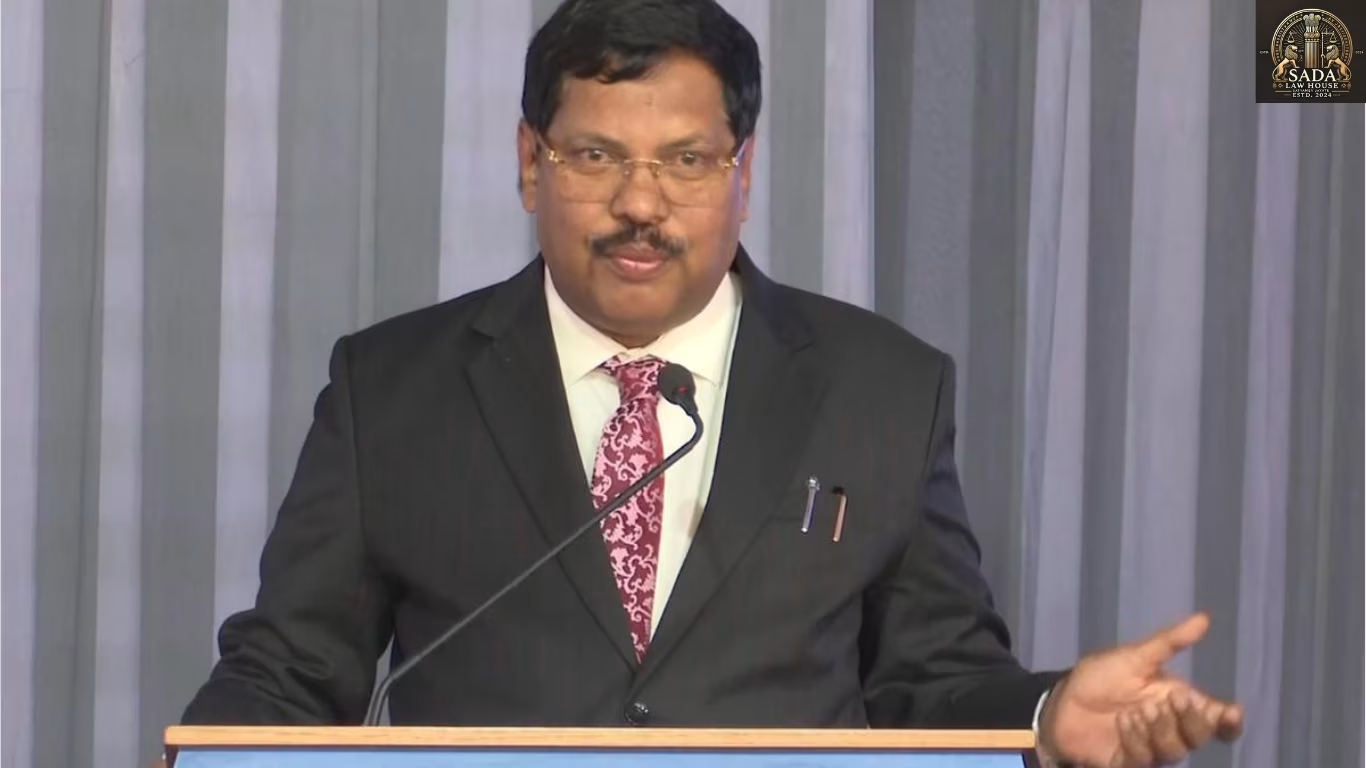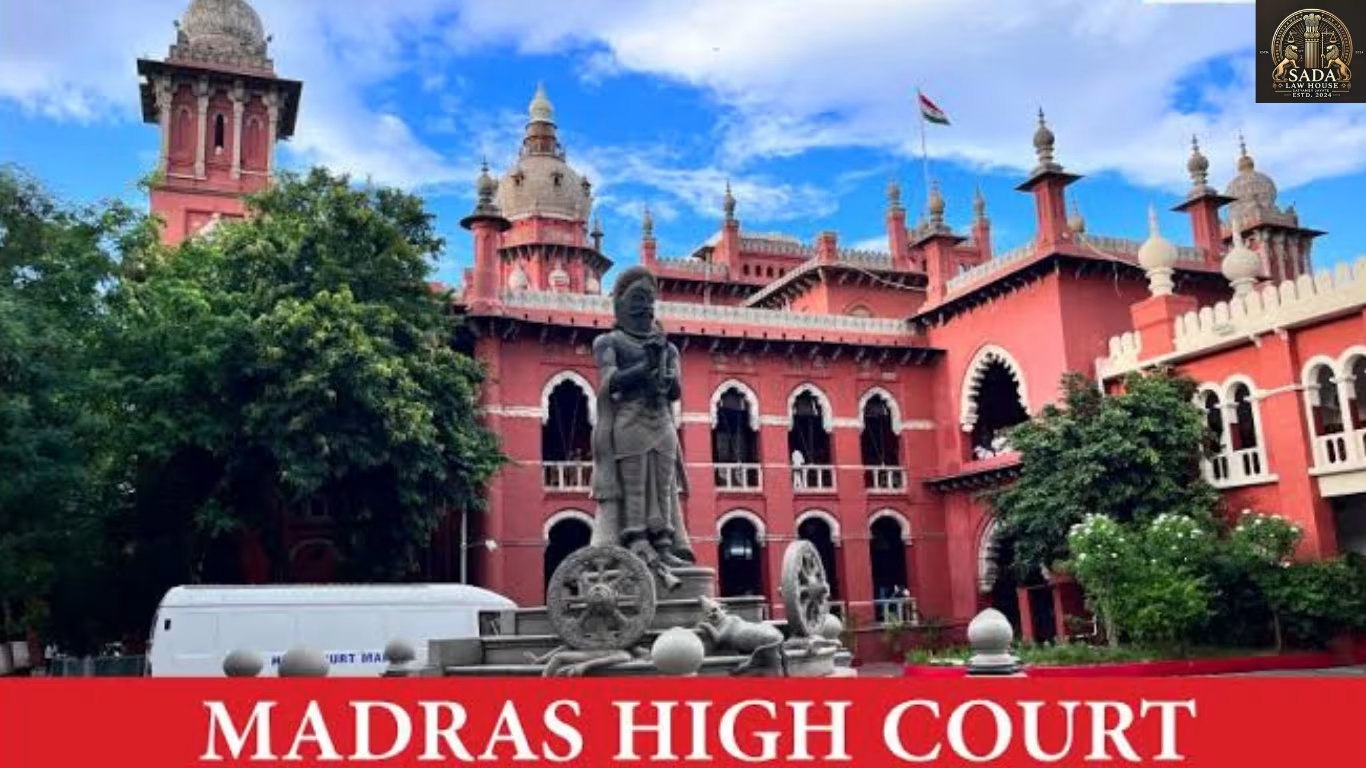Bombay High Court Halts Aarey Forest Demolition: Legal Win for Environment and Tribal Rights
- KASHISH JAHAN
- 1 JULY 2025

The Bombay High Court has halted demolition in Mumbai’s Aarey Forest, marking a crucial win for environmental and tribal rights amid the Metro Car Shed controversy. Learn why this legal battle matters for urban sustainability.
Bombay High Court Stays Aarey Forest Demolition: A Crucial Win for Environment and Tribal Rights
In a major boost to environmental and tribal rights in India, the Bombay High Court issued an interim stay on 26 June 2025, halting demolition activities in Aarey Forest — a vital green space in Mumbai often referred to as the city’s “green lungs.”
This development pauses controversial work connected to the expansion of the Mumbai Metro Car Shed, a long-disputed infrastructure project with deep legal and environmental implications.
What Sparked the Latest Legal Dispute?
The roots of the Aarey Colony conflict trace back to 2014, when the Mumbai Metropolitan Region Development Authority (MMRDA) proposed constructing a Metro Car Shed inside the forest zone. Opposition from environmentalists, citizen groups, and the indigenous Adivasi community grew swiftly, citing threats to biodiversity, violation of traditional forest rights, and destruction of over 2,000 trees.
In May 2025, the Maharashtra government re-approved a revised development plan, sidelining alternative locations suggested by experts and stakeholders. This prompted the Brihanmumbai Municipal Corporation (BMC) to initiate demolitions, triggering urgent legal intervention.
High Court’s Interim Ruling: Status Quo Restored
A Division Bench led by Chief Justice Devendra Kumar Upadhyaya and Justice Arif Doctor heard petitions filed by local NGOs, residents, and members of the Warli tribe. Petitioners argued that the demolition contradicted earlier rulings by both the Supreme Court and High Court directing a “status quo” pending a full environmental impact assessment.
It was also emphasized that Aarey is a legally designated No Development Zone, home to rare and endangered species, and a vital corridor for wildlife movement. Further, under the Forest Rights Act, 2006, proper Gram Sabha consent from tribal communities had not been obtained before demolition began.
The court responded by halting all tree-felling and construction until further notice. Notices were also issued to the MMRDA, BMC, and Maharashtra government, demanding formal responses within two weeks.
Why the Stay Order Is a Watershed Moment
The High Court’s intervention is seen as a pivotal moment in India’s ongoing conflict between infrastructure development and environmental conservation. The stay supports the rights of indigenous communities and underscores the necessity of environmental checks in urban planning.
Legal experts highlight the case as a reminder of the judiciary’s role in enforcing sustainable development, especially in megacities like Mumbai where green spaces are rapidly disappearing.
What’s Next: Key Issues for Final Hearing
The court is scheduled to conduct a detailed hearing in July 2025 to examine:
Whether environmental clearance norms were bypassed
If the Gram Sabha consent was legally obtained
Whether the state sincerely evaluated alternate sites
Environmental groups hope this ruling sets a precedent that discourages unplanned urban sprawl and deforestation. At the same time, proponents of the Metro project argue that further delays exacerbate Mumbai’s traffic congestion and air pollution, costing crores in economic losses.
Conclusion: Balancing Development with Green Priorities
The Aarey Forest ruling is more than a legal checkpoint — it reflects India’s broader struggle to balance rapid urbanization with ecological responsibility. As the nation races toward infrastructure growth, ensuring legal compliance and environmental sensitivity becomes paramount.
This case may well determine how Indian cities protect their remaining urban forests — and whose voices matter in that conversation.






